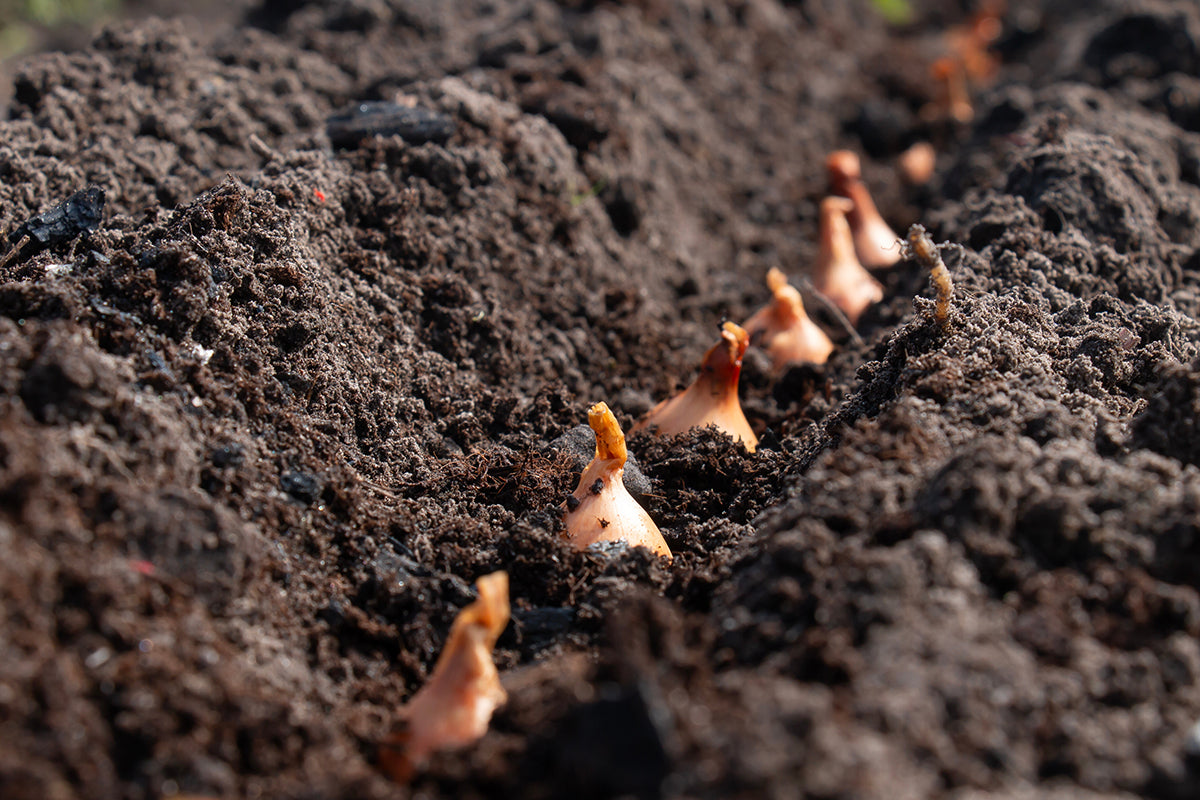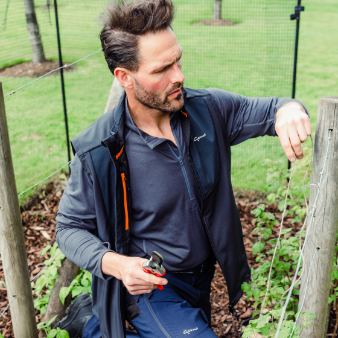Gardeners' notes - what to do in October

Sweet peas sown towards the end of October will be well developed by next spring and ready to plant out giving a nice early display. We sow a dozen seeds 2cm deep in 3 litre pots. Within two to three weeks the seedlings start to show. Once they’ve developed a second set of leaves we pot them into individual 9cm pots keeping them protected in an unheated greenhouse or coldframe. Long ‘root-trainer’ type pots are often recommended but we’ve never noticed any great advantage so don’t worry if you have regular pots.
It’s important to keep the plants compact by pinching out any growing tips after they have four or five pairs of leaves. Try keeping them to around 10cm in height. Letting them get too big will invariably result in a tangled mess of stems with plants becoming damaged when they are separated. Keep them watered over winter and in the spring around the beginning of April they can be planted out with a ‘wigwam’ type support.
Sweetpeas don’t twine like some climbers but grasp with prehensile tendrils. Because of this, a spiral of string around the support will give them something to hang on to. Well-manured soil or a handful of chicken manure pellets in the planting hole will give them a good start. Once in flower don’t forget to keep picking. This will result in a continuous supply of flowers and tidy plants well into summer.
Onions are invariably planted out as immature bulbs called ‘sets’ but sowing seed is another option available to gardners that is frequently forgotten. It’s cheaper and there’s also a much wider choice of onion varieties to try. We particularly like the flattened Italian onion called Cipolla Borettana. It comes from the Parma region of Italy and its origins go back over 3,500 years.
Onions will germinate in fairly cold conditions so if you can’t get onto it straight away don’t worry. We’ve sown them as late as December. In a greenhouse, sow them in a tray and cover with 0.5cm of compost. When they’re up and the size of a large darning needle they can be carefully lifted and potted into individual cells or small 7-9cm pots. Keep them lightly watered over winter before planting out into your vegetable beds in late March.
Many modern nature-savvy gardeners choose to not collect leaves, feeling that a fallen pile is an important home for a myriad of creatures. We like to strike a balance. Paths, driveways, gravel surfaces, and lawns are all cleared. We gather the fallen leaves, storing them in three large bins made of poles and wire mesh, each measuring 4 by 1 metre. Located underneath our two horse chestnut trees this arrangement allows us to fill one bin, use another, and let the third age for an extra year.
Leaves decompose slowly via fungal activity, often taking two to three years depending on the type of tree the leaf is from. Once ready, we like to combine the leaf mould with our homemade compost, mulching our flower beds in spring. It’s an excellent soil improver and our once heavy, wet clay soil has become well-drained and workable making planting or moving existing specimens a simple operation.







